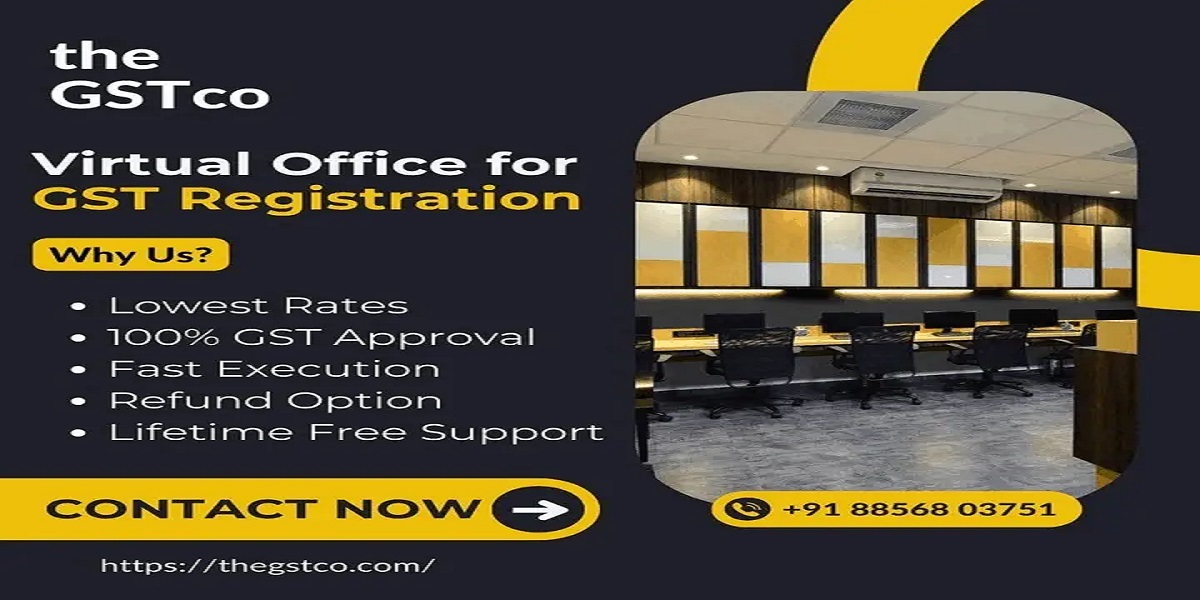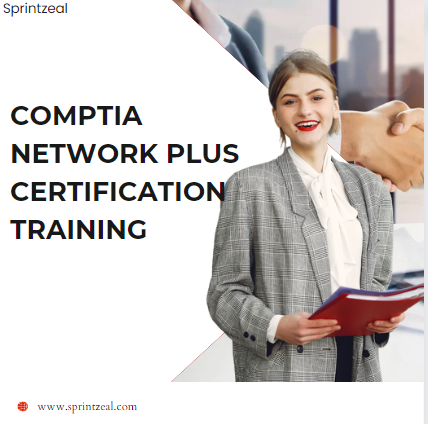Introduction to Virtual Places of Business
In today’s digital world, Virtual Place of Business (VPBs) have become more common across industries. Unlike traditional offices, VPBs rely on digital tools and platforms for communication, project management, and collaboration. Gig workers, freelancers, and remote employees often rely on VPBs to fulfill their roles effectively. This article will explore the main aspects of working with a virtual place of business and its impact on daily work routines.
Setting Up a Virtual Workspace
To work with a VPB effectively, setting up a functional virtual workspace is essential. This setup includes reliable internet, essential software, and organized digital tools. Transitioning from a physical office to a VPB can seem overwhelming, but a solid workspace helps create a productive routine.
Choosing the Right Tools
Selecting the right tools is vital for VPB functionality. Common options include task management software, video conferencing tools, and secure file-sharing platforms. Tools such as Slack and Trello can streamline communication and task tracking. Additionally, cloud storage ensures easy access to documents.
Establishing a Routine
Working virtually requires structure and consistency. A routine helps maintain productivity, even without the traditional office structure. Setting specific work hours, scheduling regular breaks, and using task lists can help build consistency.
Managing Communication in a Virtual Environment
One of the biggest adjustments in a VPB is shifting to online communication. Emails, video calls, and chat platforms become essential for staying connected with colleagues. But managing communication well can minimize misunderstandings and enhance workflow.
Prioritizing Clear Communication
In a VPB, clear and concise communication is crucial. With fewer face-to-face interactions, messages should be straightforward and well-structured. Using bullet points, clear subject lines, and summarizing key points at the end of emails can help streamline communication.
Using Scheduled Meetings Effectively
Regular meetings play an important role in keeping everyone on the same page. Scheduled video calls or check-ins provide opportunities to discuss tasks and resolve questions. Setting agendas for meetings also helps keep discussions focused and productive.
Staying Organized in a Virtual Office
Staying organized is critical for a smooth experience with a VPB. Digital workspaces rely heavily on organized files, clear schedules, and well-maintained records. In a virtual environment, organization supports efficiency and reduces potential delays.
Maintaining Digital Files
Files in a VPB should be categorized clearly and stored securely. Using cloud storage solutions with organized folders can improve access and minimize confusion. Labels and tags also make it easier to locate documents quickly.
Scheduling and Task Management
Keeping track of tasks and deadlines is essential in a VPB. Task management tools, like Asana or Monday, allow users to monitor progress on assignments. Calendars and reminders also help ensure deadlines are met without missing any steps.
Building Professional Relationships Virtually
Virtual environments require extra effort in building and maintaining professional relationships. Since face-to-face interactions are rare, workers must find new ways to connect and engage.
Networking Digitally
Networking is possible even within a VPB. Virtual coffee breaks or team-building activities foster better connections. Joining online industry forums or social media groups also helps expand professional networks.
Encouraging Feedback and Collaboration
Requesting feedback on projects keeps communication open and improves project quality. Constructive feedback sessions strengthen team dynamics and help align everyone with project goals. Collaboration tools, like Google Workspace, also support teamwork and streamline group tasks.
Managing Work-Life Balance in a VPB
In a virtual workspace, work-life boundaries can blur easily. Creating and maintaining a balanced approach to both personal and professional responsibilities is essential for productivity and well-being.
Setting Clear Boundaries
Setting clear boundaries helps maintain a healthy work-life balance. Designating specific work hours and communicating these times to clients or colleagues helps manage expectations. This structure also supports personal downtime, which prevents burnout.
Taking Regular Breaks
Regular breaks are essential for maintaining focus in a virtual environment. Short intervals for stretching, stepping away from the screen, or resting can rejuvenate energy levels. Breaks also contribute to better overall focus, which enhances productivity throughout the day.
Conclusion
Working with a virtual place of business offers a unique structure for modern professionals. By setting up an efficient workspace, organizing tasks, and maintaining clear communication, a VPB can function effectively. Adapting to this virtual environment requires commitment, but with the right approach, it supports a productive and balanced work experience.














